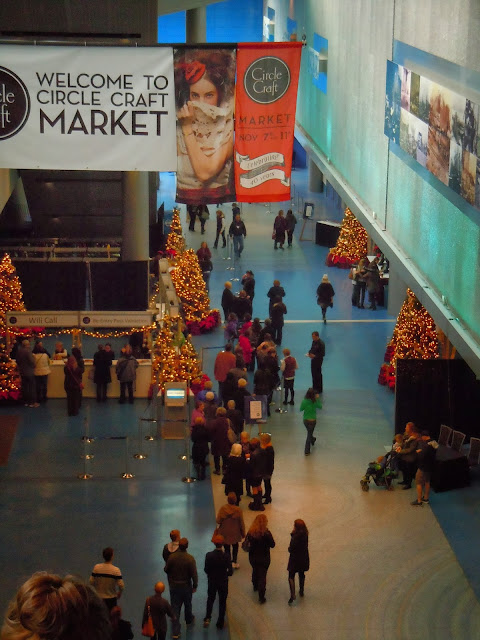Ever since I started writing this blog, people have asked
me, “Where can I shop then?” “What should I do instead?” Well, today I’m going
to point you in a direction that may give you some answers.
One of the companies that has caught my attention on this
search is Plum Clothing. The first time I saw a Plum Clothing store was their
location in North Vancouver which was on Lonsdale and I passed it every day on
my commute to work. I liked it
instantly. It was my kind of clothes. I liked too, that back then (in 199-y-something)
it was entirely made in Vancouver. But
back then, I didn’t have such a heart for things made locally or fairly or
anything of the such. I just wanted to work in the industry, and I thought their
price point was too expensive for me.
| 4th Ave. Location in Vancouver |
Fast forward a decade or so…and they are still here. They
have locations throughout BC including one in Kelowna (happy dance to
those in K-town) and I believe in Calgary, Alberta as well. Now, in growing with the
times, it has become increasingly difficult for them to manufacture everything
in Vancouver, but they still do for a great number of items. But more important
than their manufacturing is the philosophy they are following. And this is what’s
caught my attention. Their motto is: ‘Dressing with purpose”! Don’t you love
it? Don’t you want to find out more about what that means? I did! So I read a
couple of their blogs which I get with my email subscription to their sales.
The first one talks about how every woman is an individual
and as such we must not conform to what fashion dictates to us! That follows
the theme of what I was trying to explain in my last post. The author explains
that their vision is for each woman to follow a ‘functional’ wardrobe that
works with their lifestyle. Sooooo great! A functional wardrobe immediately
says to me less clutter and more intentional items. Stuff you love to wear,
stuff that looks good on you, less throw-away fashion. Check out the article yourself and tell me
what you think…Dress with purpose -Fun, Function and both?
The second post is about how we view value and whether we
know it or not, what we place a priority on.
It explains three ways we can place value on something, by simply
following economics, by its emotional/physical benefit or by its versatility. I
especially like the part where she destroys the notion that fast fashion is
cheap because you actually end up spending more in the long run! Dress with purpose - Value Isn't Always Economical
Let me be very clear that I am trying not to be preachy or
bossy and say that one must or must not do this and that. I am simply looking
for alternatives to the way I do things that will make me a more conscious
consumer. And so this is one of them. Although
I would love anything from their store Plum is not giving me anything to talk
about them. I may not know everything about Plum, but I know this: at least on
the forefront they are attempting to be different by expressing a vision and
value that does not conform to the norm. And for that, in my books, Plum gets an ‘A+’









